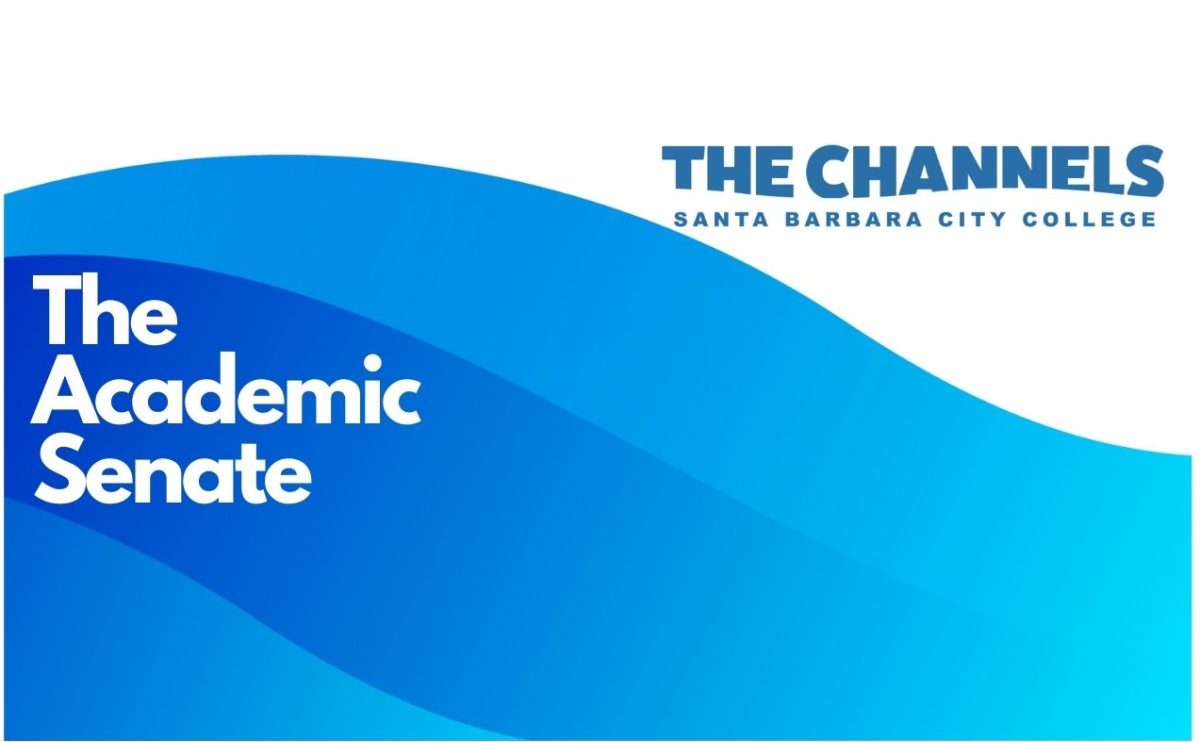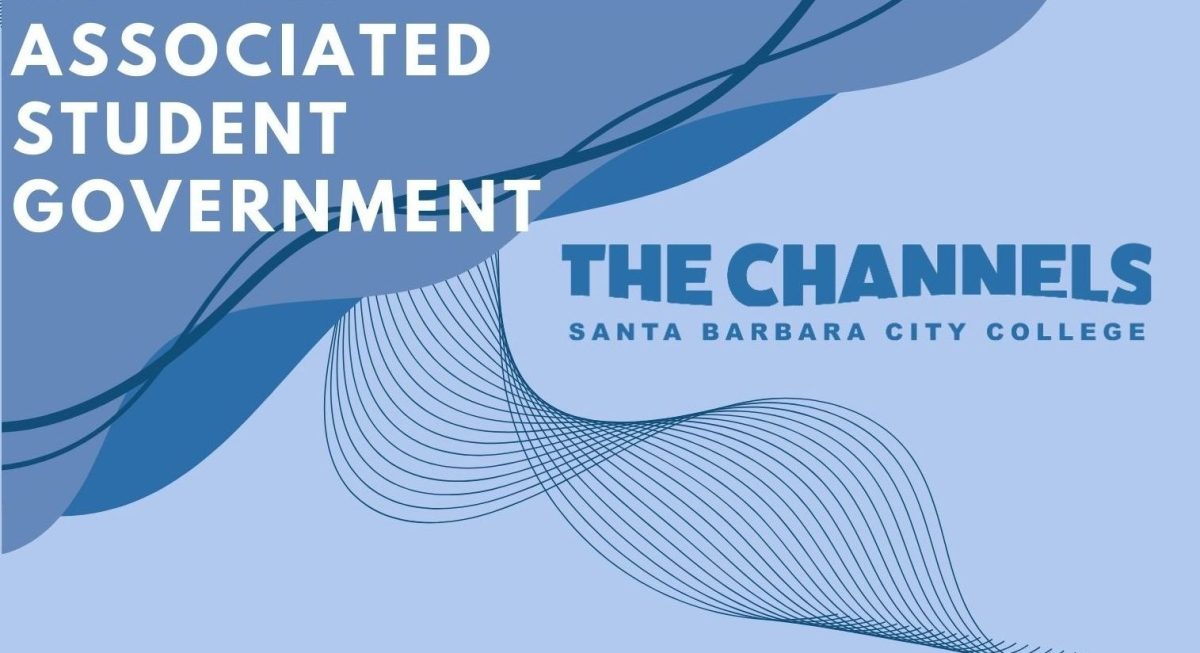City College’s English as a Second Language department is revolutionizing a new curriculum within the guidelines of California Assembly Bill 705 to help students increase their opportunities for success.
“So far we’re really, really pleased,” said Dolores Howard, associate professor of English as a Second Language. Howard said by integrating skills across classes, students are exposed to new ideas and their “writing becomes richer.”
The bill will go into effect in 2020 for ESL and is designed to limit the number of remedial courses a student can take at a community college and reform the placement process to ensure students are learning at the right level.
The English as a Second Language department has been piloting a number of more integrated courses in order to provide students with a more enriched learning process.
The courses have been well-received by students and faculty.
“Students are rising to the challenge,” said ESL Associate Professor Marit Ter Mate-Martinsen. “They’re hungry for more.”
The new integrated courses include a range of skills in all classes, including listening and speaking.
City College student Diego Molina was among the first to complete these integrated pilot courses.
“I was very lucky to actually be a part of this pilot,” Molina said. “For me, it was very intuitive.” Molina said the new courses not only challenged him, but also encouraged him to apply different skills across all of his classes.
Previously, ESL used a five-semester, five-level program to guide students through coursework. Each level consists of three classes: grammar, reading, and writing. However, this model often hasn’t completely prepared students for transferrable English classes, forcing many to take additional semesters of remedial English.
The aim of AB-705 in the ESL department is to ensure that all students are ready for English 110 after completing the ESL program, and to “create greater opportunity for them faster,” Howard said.
“While the ultimate goal is to move students through the ESL program quickly, it’s important that students can still move at the speed that’s best for them,” Howard said. “Language acquisition takes time.”
Ideally, the new courses will be able to thoroughly cover all topics required while ensuring students get the most out of their time.
“ESL students are capable of much more than they’re given credit for,” Martinsen said. “And the new curriculum will allow them to understand English at a more sophisticated level.”













